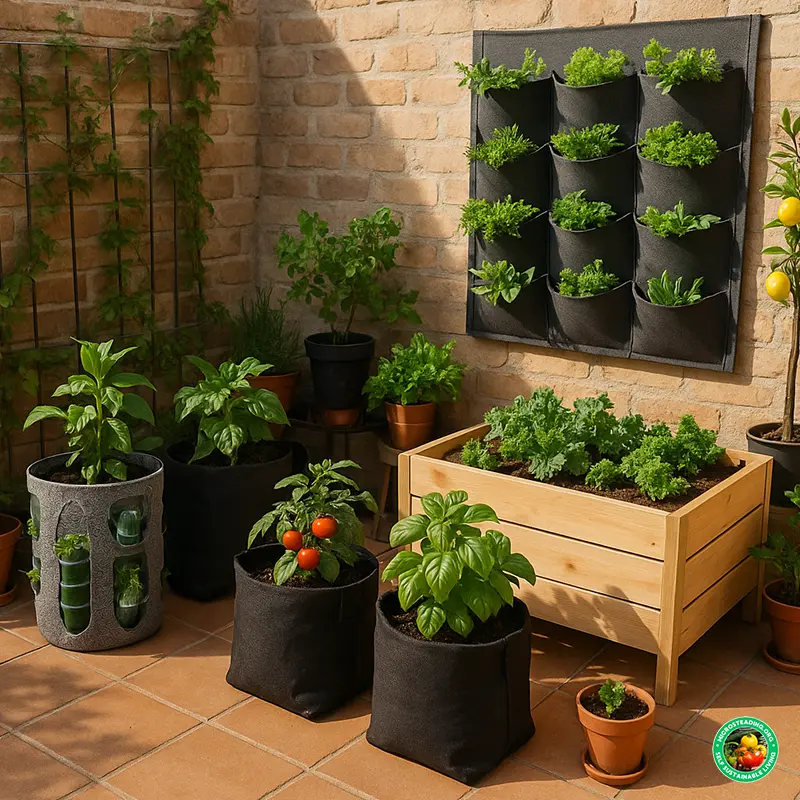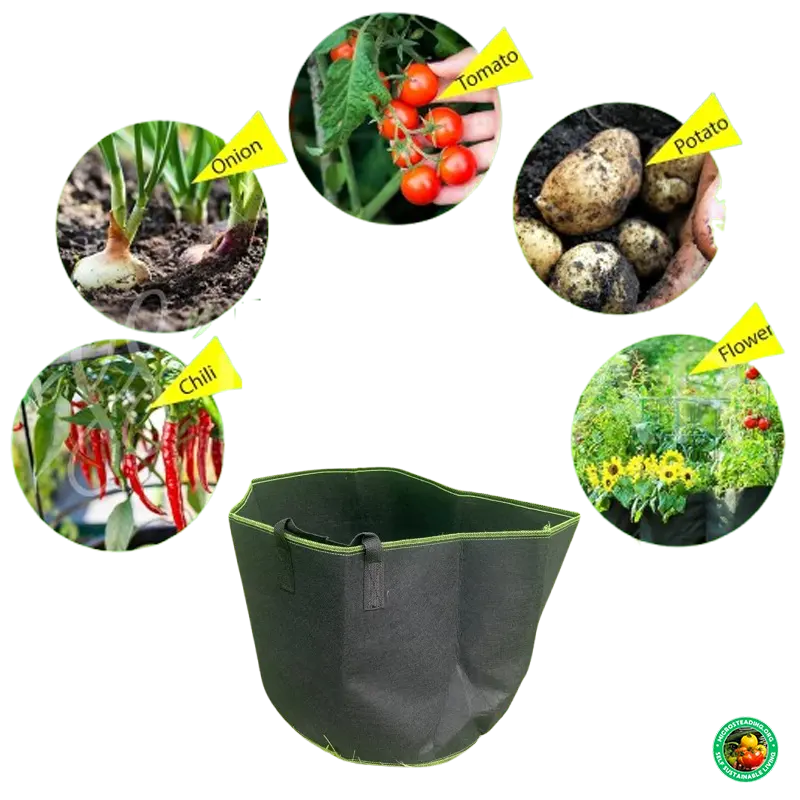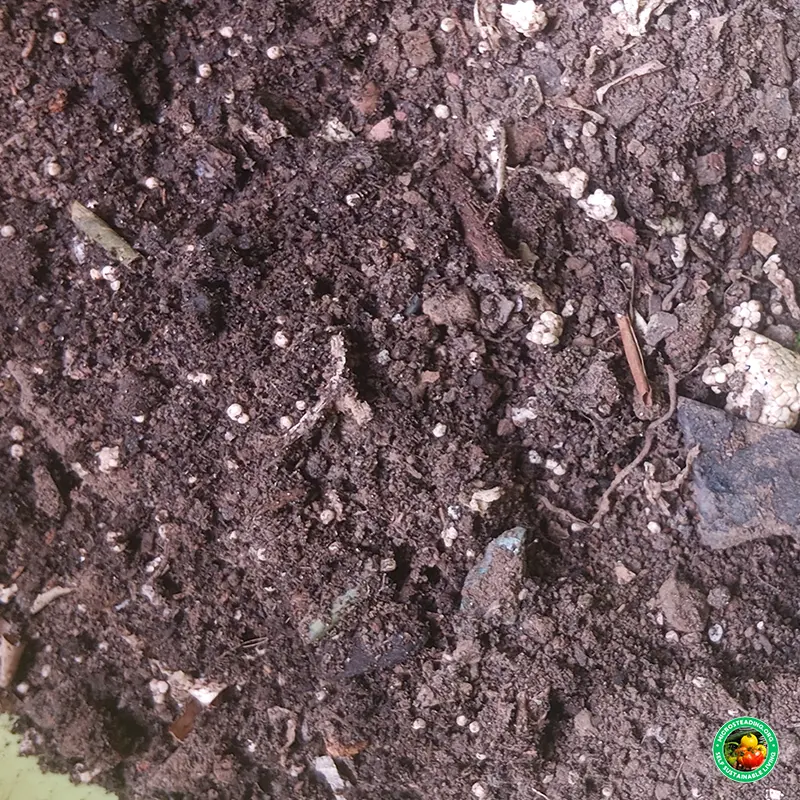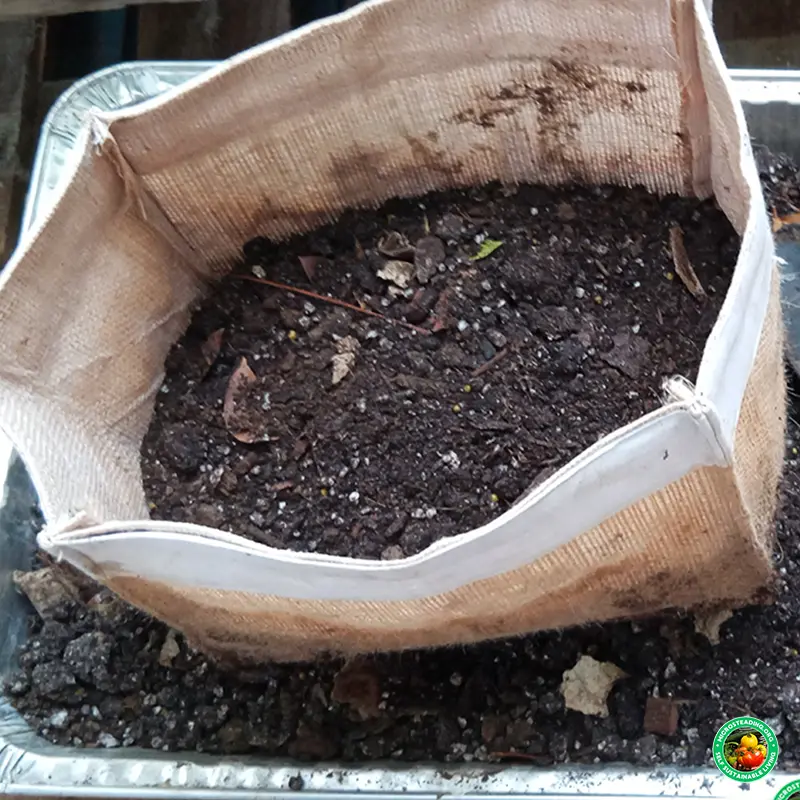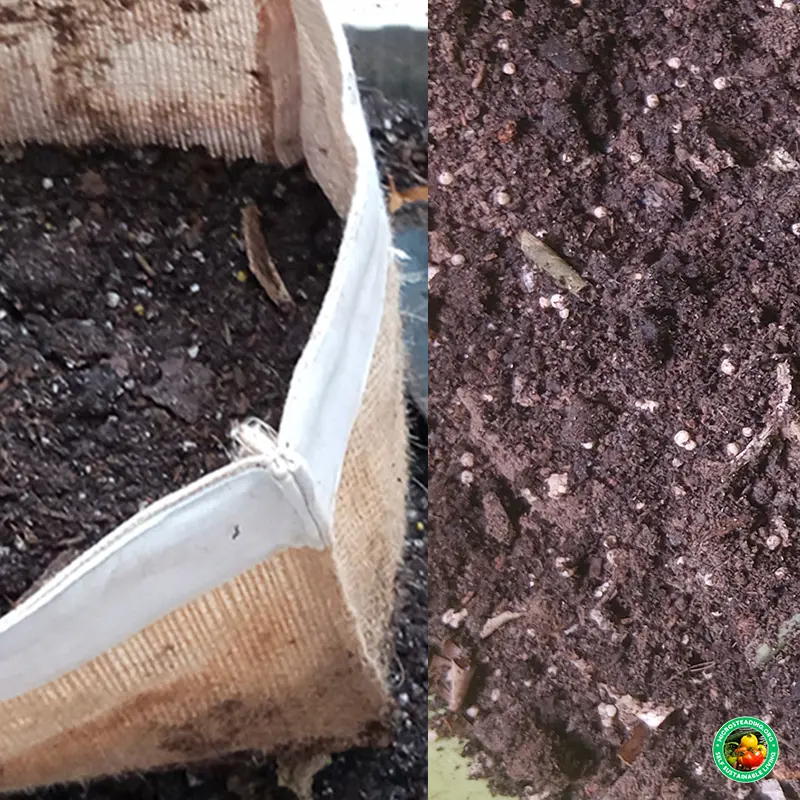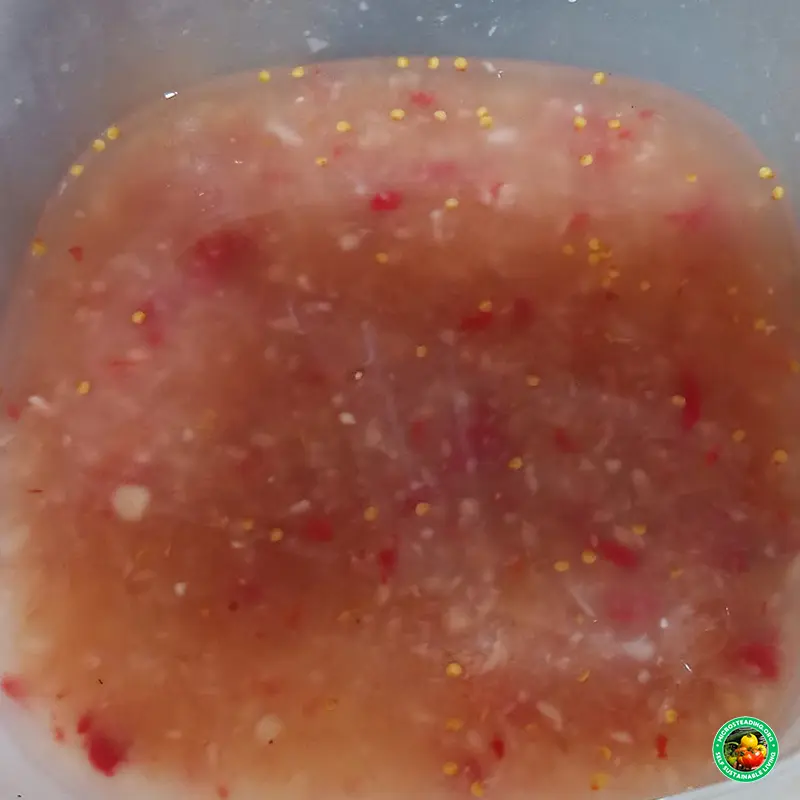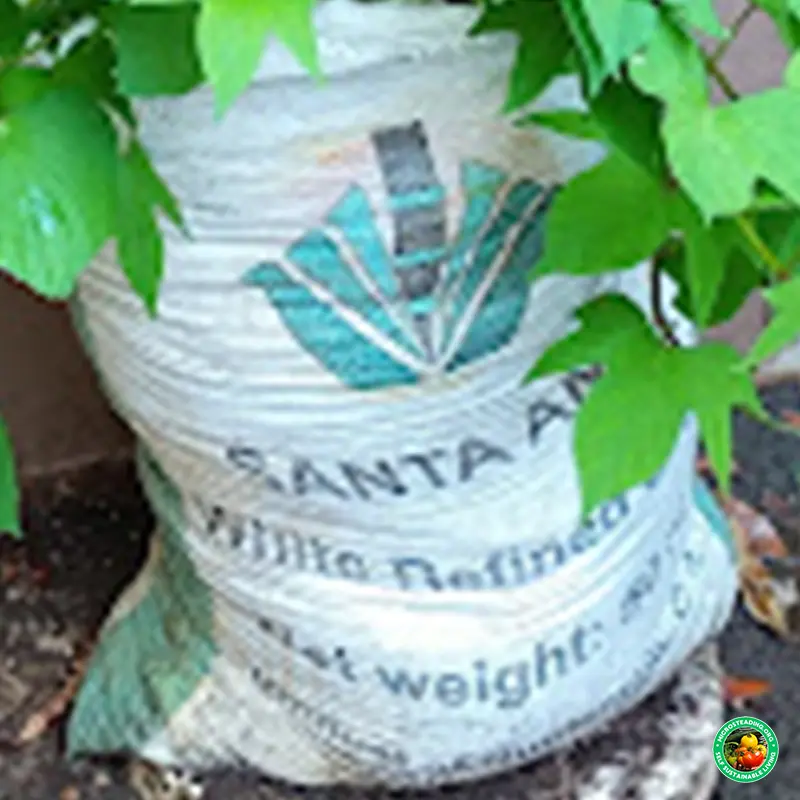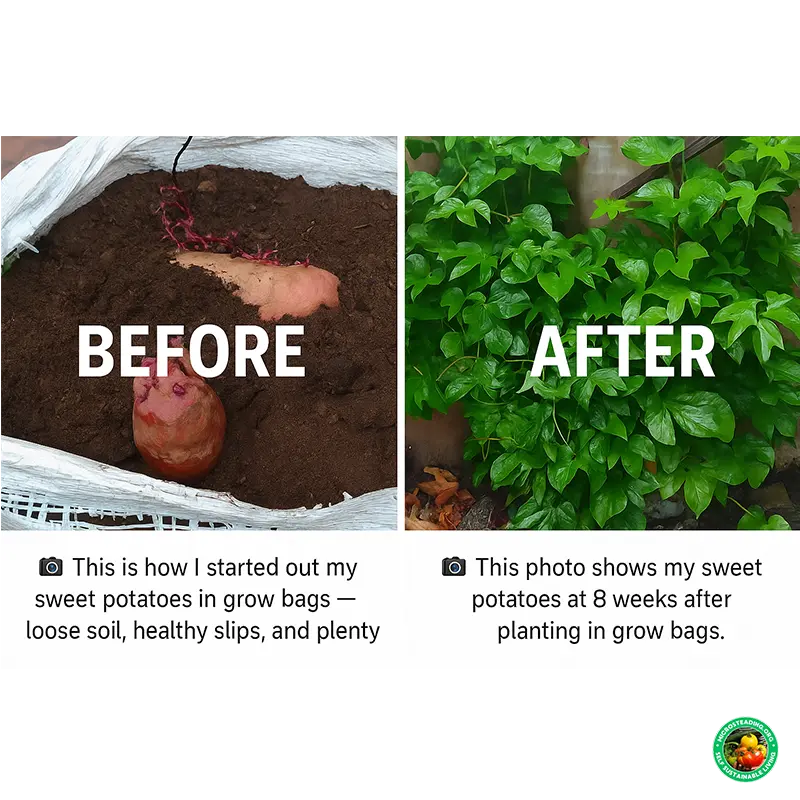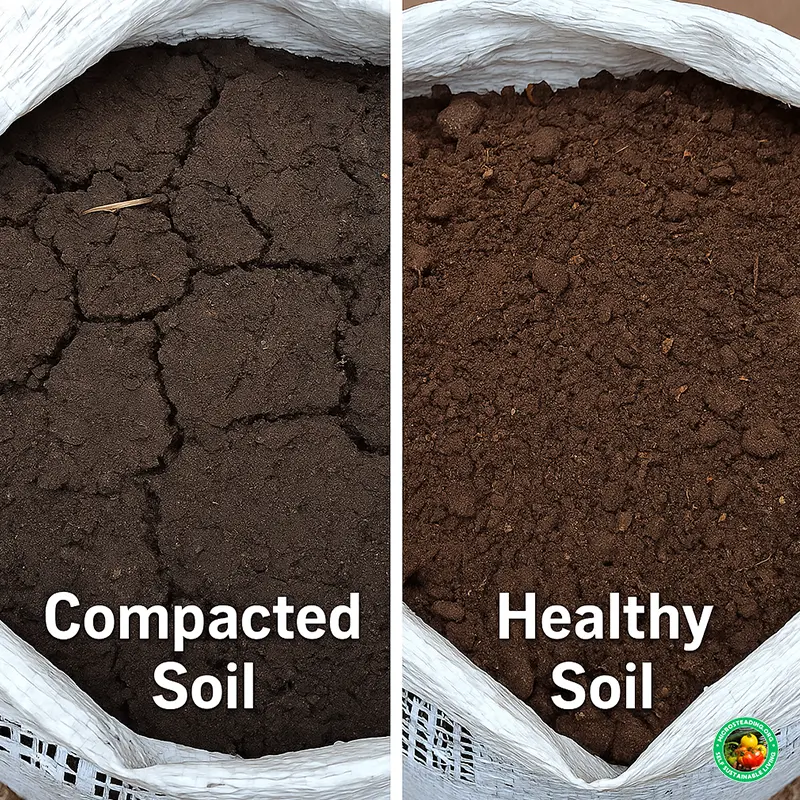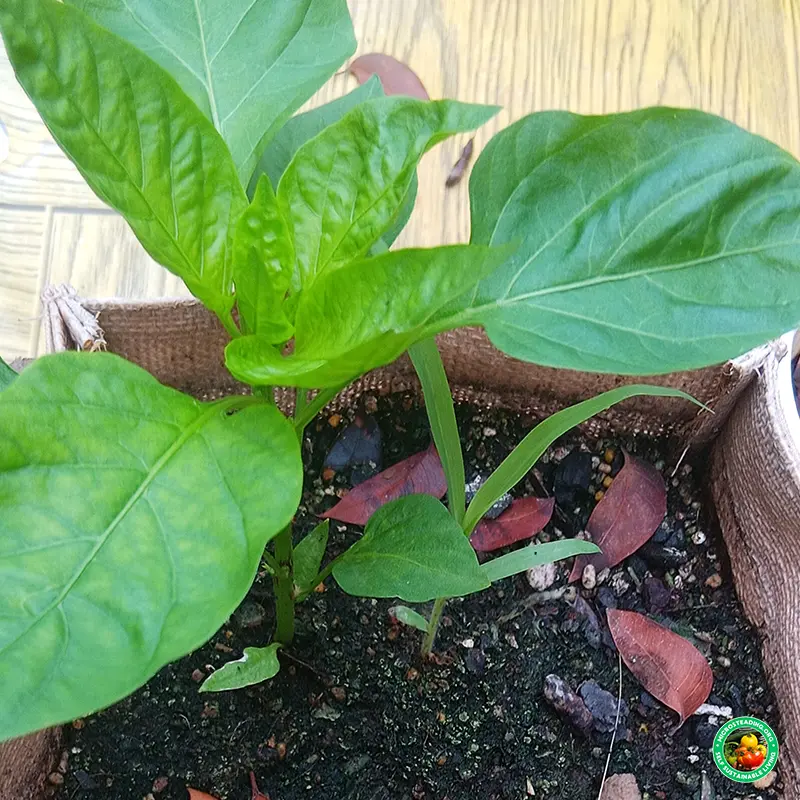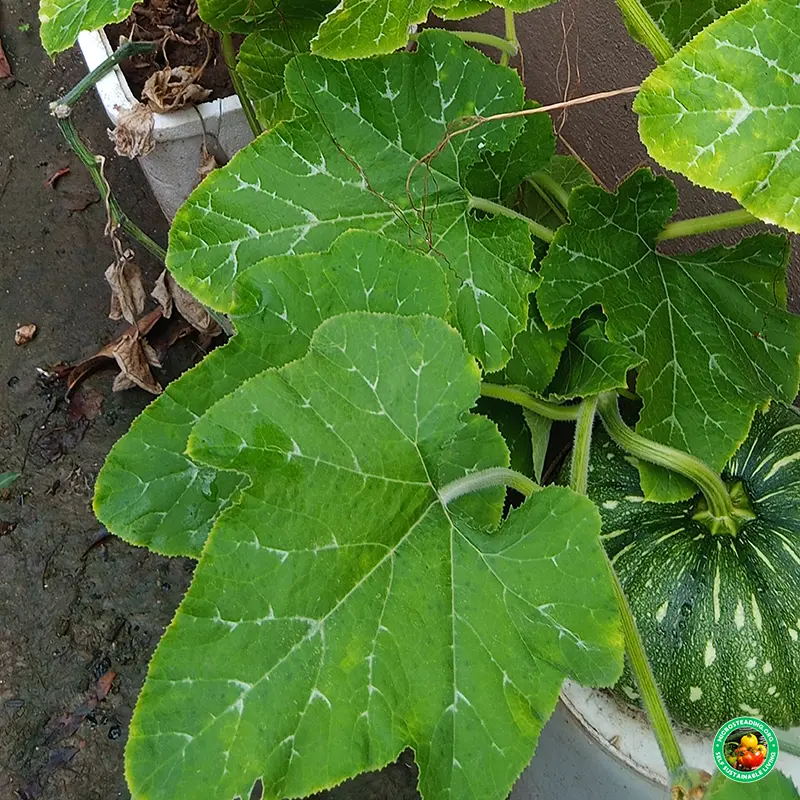How to Rotate Crops in Grow Bags - The Smart Way to Keep Soil Healthy
Crop rotation isn’t just for large farms — it’s one of the most overlooked but powerful techniques for small-space growers using grow bags. If you’ve ever noticed diminishing returns in the same soil, recurring pests, or slow growth despite good care, it’s probably time to rotate your crops. (See our guide on dealing with pests in small grow spaces for more signs.)
I’ve been practicing container rotation here in Curaçao (Zone 13), and whether you have one bag or a dozen, the principle stays the same: don’t grow the same crop (or its close cousin) in the same soil twice in a row. It’s how I keep my grow bag microstead thriving season after season.

🌱 What Is Crop Rotation — and Why It Matters in Containers
Crop rotation means changing the type of crop you plant in a given container (or space) each season to avoid soil depletion and pest buildup. Even though grow bags are small, the soil inside behaves like any garden bed — repeated use without rotation leads to:
- Nutrient imbalances
- Pathogen and pest carryover
- Soil fatigue and compaction
Grow bags make rotation easier than ever because you can physically move bags, change soil, or reassign crops without digging anything up. Whether you have 2 bags or 10, rotation boosts health and yield long-term.
🧬 Common Crop Families You Need to Know
To rotate effectively, you must group crops by family, not just by name. Plants in the same family often attract the same pests and pull similar nutrients from the soil.
Here are the main families to track:
- Nightshades (Solanaceae): Tomatoes, peppers, eggplants, potatoes
- Brassicas (Brassicaceae): Kale, broccoli, cabbage, cauliflower, radish
- Legumes (Fabaceae): Beans, peas, cowpeas
- Cucurbits (Cucurbitaceae): Cucumber, squash, melons, zucchini
- Alliums (Amaryllidaceae): Onion, garlic, shallots, leeks
- Leafy Greens (Various): Lettuce, spinach, arugula, chard
- Roots & Tubers (Various): Carrots, beets, turnips, sweet potatoes
📊 Sample 3-Bag Crop Rotation Plan
Here’s an easy system I use for a 3-bag setup:
Year 1:
- Bag A: Tomatoes (Nightshades)
- Bag B: Bush Beans (Legumes)
- Bag C: Kale (Brassicas)
Year 2:
- Bag A: Peas (Legumes)
- Bag B: Cabbage (Brassicas)
- Bag C: Peppers (Nightshades)
Year 3:
- Bag A: Broccoli (Brassicas)
- Bag B: Tomatoes (Nightshades)
- Bag C: Beans (Legumes)
This way, no family stays in the same bag more than once every 3 years. If you only have one or two bags, don’t worry — you can still rotate by season instead of space.
🧪 Signs You Need to Rotate
If you’re not already tracking your crop placement, these signs might mean your soil is begging for a reset:
- Declining yield from the same crop
- Same pests showing up again
- Yellowing leaves despite healthy watering and feeding
- Soil stays soggy or compacts easily
- Fungal diseases like blight or mildew appear earlier each season
Even the best compost mix can’t fix systemic imbalance if crops are planted back-to-back. (Learn more in our post on composting directly in grow bags.)
🔁 Refreshing Grow Bag Soil Between Rotations
Here’s what I do between rotations to keep my grow bags thriving:
- Remove root clumps and old mulch
- Add fresh compost or worm castings
- Top off with coconut coir or perlite for fluffiness
- Sprinkle a dusting of mineral rock dust or kelp meal
- Water with compost tea to reintroduce good microbes
Once every 2 years, I do a complete soil turnover in my most-used bags. I either solarize the old soil or repurpose it in walkways or ornamentals. (Check out the best soil mixes for grow bags for recharging formulas.)
🚫 What Not to Plant Back-to-Back
Avoid planting these combos in the same bag season after season:
- Tomatoes after peppers or eggplant — same pests, same needs
- Brassicas after brassicas — invites cabbage worms and root maggots
- Beans after peas — too much nitrogen, invites aphids
- Garlic after onions — fungal issues linger
- Sweet potatoes after regular potatoes — soil exhaustion
Use this general rule: Follow heavy feeders with light feeders or soil builders. (Companion planting can also help — see our companion planting in grow bags article.)
🪴 Tips for Small-Space Gardeners with 1–2 Bags
Rotation still works, even if you’re tight on bags. Here’s how:
- Use seasonal succession: grow leafy greens in spring, tomatoes in summer, legumes in fall
- Let one bag rest with a cover crop or soil recharge
- Switch to a different crop family each time
- Track what went where — use a logbook or marker tags
(If you’re using recycled containers, check out our DIY grow bag hacks.)
🧠 How I Rotate in My Own Microstead
I run a modified 3-season rotation here in the tropics (Zone 13), with some flexibility depending on rainfall and temperature. For example:
- Season 1: Tomatoes and peppers
- Season 2: Okra or beans (legumes)
- Season 3: Sweet potatoes or leafy greens
Between cycles, I usually refresh each bag with a mix of compost, aged manure, and volcanic dust. Even one rotation made a huge difference in my sweet potato yields.
Crop rotation is one of the most powerful tricks in the microstead playbook. It keeps your soil alive, your plants thriving, and your grow bags from becoming pest hotels.
Don’t overcomplicate it — start by not growing the same family in the same bag two seasons in a row. Your plants will thank you. (If you’re wondering what bag size is best to start with, revisit our grow bag size guide.)


